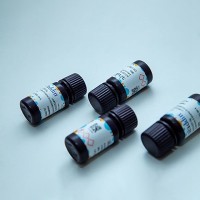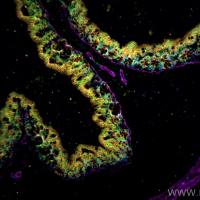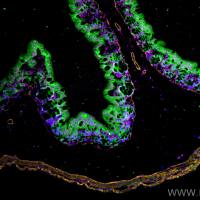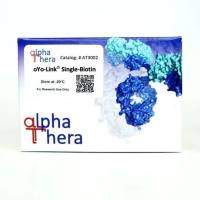Pharmacogenomics: The Regulatory Environment and Labeling Implications
互联网
489
The use of pharmacogenomic information has opened new opportunities in drug discovery and development. The FDA has undertaken several initiatives to promote and exchange ideas in the field of pharmacogenomics as a key opportunity for the critical path. In this chapter, a regulatory science perspective of pharmacoge-nomics is discussed addressing the critical aspects of pharmacogenomics in drug development, drug therapy, regulatory decision making, and labeling implications.
The mission of the U.S. Food and Drug Administration (FDA) is to protect and advance the public health, and encourage scientific innovations to develop safe and effective drugs (1 ). However, the FDA's efforts to achieve this critical mission can be challenging because of rapidly emerging science and technology. To bridge the potential gap between scientific innovations and translating them into clinical use, the FDA has undertaken several initiatives to promote and exchange ideas and information in the field of pharmacogenomics. The FDA's “personalized medicine” initiatives make use of pharmacogenomics—the science that predicts a response to drugs based on a patient's genetic makeup.
Individualized therapy based on pharmacogenomics could be important in drug development. Pharmacogenomics has the potential to identify sources of interindividual variability in drug responses that affect the efficacy and safety of drugs. In addition, pharmacogenomics/pharmacogenetics can provide a key opportunity to improve the safety outcomes of existing therapies. For example, drugs with a narrow therapeutic range, such as warfarin and irinotecan, can benefit from this emerging science. By integrating the use of pharmacogenomics into routine clinical practice, pharmacogenomics can help to individualize therapy with the intent of maximizing effectiveness and minimizing risk (i.e., improve the benefit/risk ratio) (2).
In this chapter, a regulatory science perspective on pharmacogenomics will be discussed to address the critical aspects of pharmacogenomics in drug development, drug therapy, and regulatory decision making.








